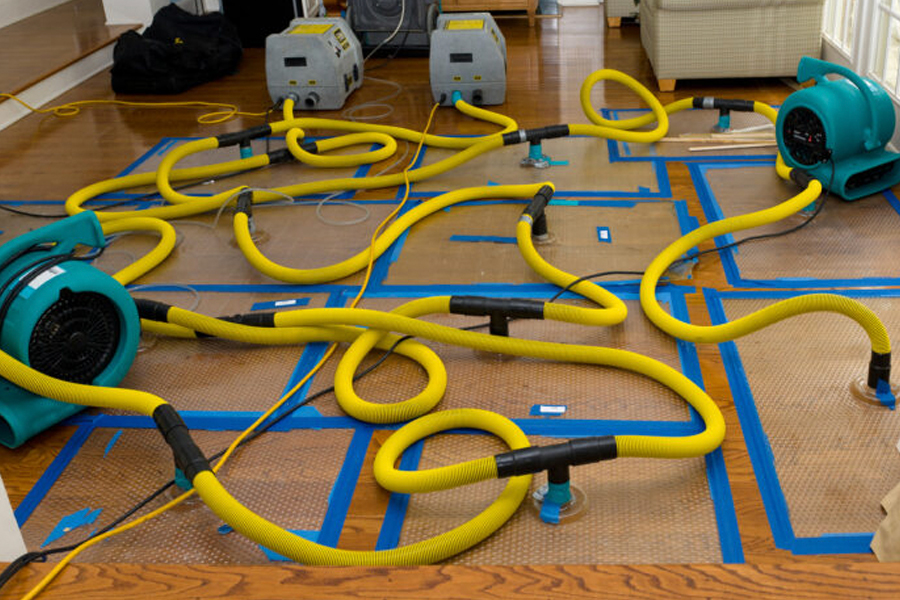
Recognizing the Root Causes of Water Damage to Ceilings and Walls
Water damage is an ordinary occurrence that can compromise structures and residences, frequently necessitating expensive restoration and repair endeavours. Water damage can cause unsightly and disruptive consequences, including discoloured ceilings, flaking paint, and deformed walls. To prevent and effectively address ceiling and wall water damage, householders and property managers must thoroughly understand the underlying causes. Walls and ceilings may sustain water damage due to an assortment of factors. Water damage restoration specialists can assist in mitigating the damage and restoring the affected areas, as detailed in this article.
Roof Moisture Leaks
Water may seep into the structure and then percolate into the ceiling due to the age, weathering, and other factors that cause roofing materials to deteriorate. Leaks in roofs may result from obstructed gutters and downspouts, missing or damaged shingles, or deteriorating flashing around chimneys and vents.
Regularly examining roofs for signs of deterioration and damage is what homeowners should do to avert roof leakage and subsequent water damage to their ceilings. Implementing timely repairs for any identified issues, such as compromised sheathing or roofing, can safeguard the roof and ceiling against water intrusion.
Pipeline Leaks
Plumbing breaches are another frequent cause of water damage to walls and ceilings. Water that enters a home through leaking pipelines, fittings, and fixtures can cause deterioration of building materials, discolouration, and bloating in the walls and ceilings. Leaks in plumbing systems may manifest in diverse locations, such as beneath floors, behind walls, or within ceilings, complicating their detection and resolution.
Homeowners should routinely inspect their plumbing systems for indications of leakage, including moisture, discolouration, and mildew growth, to shield against water damage and prevent plumbing breaches. Ensuring timely detection and resolution of leakage and root causes like corroded pipelines or unsecured couplings can effectively mitigate water damage and safeguard the plumbing system’s long-term structural soundness.
Adequate Ventilation
Mold growth on ceilings and walls and water damage in bathrooms, kitchens, and other high-moisture environments can be exacerbated by inadequate ventilation. Moisture can occur in enclosed spaces due to cooking, showering, and inadequate ventilation. This accumulation can result in condensation, mildew development, and the degradation of construction materials. Furthermore, inadequate ventilation can worsen pre-existing water damage concerns by impeding the proper evaporation and drying of moisture.
Restoration of Water Solutions
Homeowners should seek the assistance of water restoration specialists if water damage occurs to their ceilings and walls. These specialists can evaluate the severity of the damage and implement suitable mitigation and restoration strategies. Professionals in water restoration are equipped with the knowledge, tools, and skills necessary to remove stagnant water, dry out affected areas, and restore damaged building materials to their pre-loss state.
Conclusion
Plumbing and roof leakage, appliance malfunctions, inclement weather, inadequate ventilation, and other factors are all potential sources of water damage to walls and ceilings. Homeowners must thoroughly understand the causes of water damage to prevent and repair these issues effectively. Homeowners can mitigate the potential for water damage to walls and ceilings by increasing ventilation, performing routine inspections of plumbing and roofing systems, and promptly addressing any issues. Homeowners should retain the services of water restoration specialists in the event of water damage to assess the damage and implement the necessary mitigation and restoration measures. By promptly responding to water damage and seeking professional assistance, householders can minimize its consequences and reinstate their dwellings to a state of safety and well-being.

